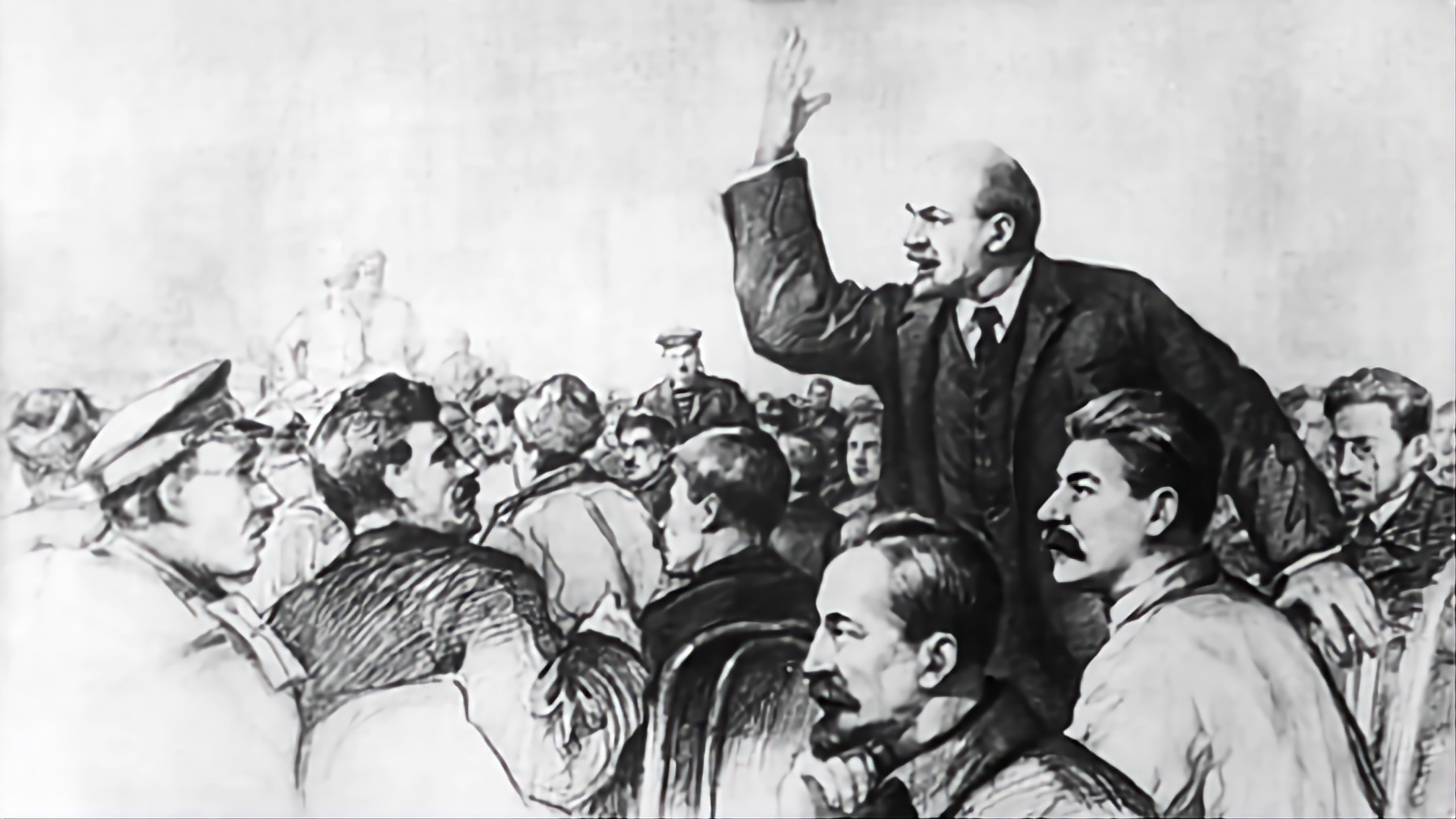Yet the paradox is only superficial. In fact, NATO is working exactly as it was designed by postwar U.S. planners, drawing Europe into a dependency on American power that reduces its room for maneuver. Far from a costly charity program, NATO secures American influence in Europe on the cheap. U.S. contributions to NATO and other security assistance programs in Europe account for a tiny fraction of the Pentagon’s annual budget — less than 6 percent by a recent estimate. And the war has only strengthened America’s hand. Before Russia’s invasion of Ukraine, roughly half of European military spending went to American manufacturers. Surging demand has exacerbated this tendency as buyers rush to acquire tanks, combat aircraft and other weapons systems, locking into costly, multiyear contracts. Europe may be remilitarizing, but America is reaping the rewards.
In Ukraine, the pattern is clear. Washington will provide the military security, and its corporations will benefit from a bonanza of European armament orders, while Europeans will shoulder the cost of postwar reconstruction — something Germany is better poised to accomplish than the buildup of its military. The war also serves as a dress rehearsal for U.S. confrontation with China, in which European support cannot be so easily counted on. Limiting Beijing’s access to strategic technologies and promoting American industry are hardly European priorities, and severing European and Chinese trade is still difficult to imagine. Yet already there are signs that NATO is making headway in getting Europe to follow its lead in the theater. On the eve of a visit to Washington at the end of June, Germany’s defense minister duly advertised his awareness of “European responsibility for the Indo-Pacific” and the importance of “the rules-based international order” in the South China Sea.


Russian propagandists are out in force today, huh?
read book